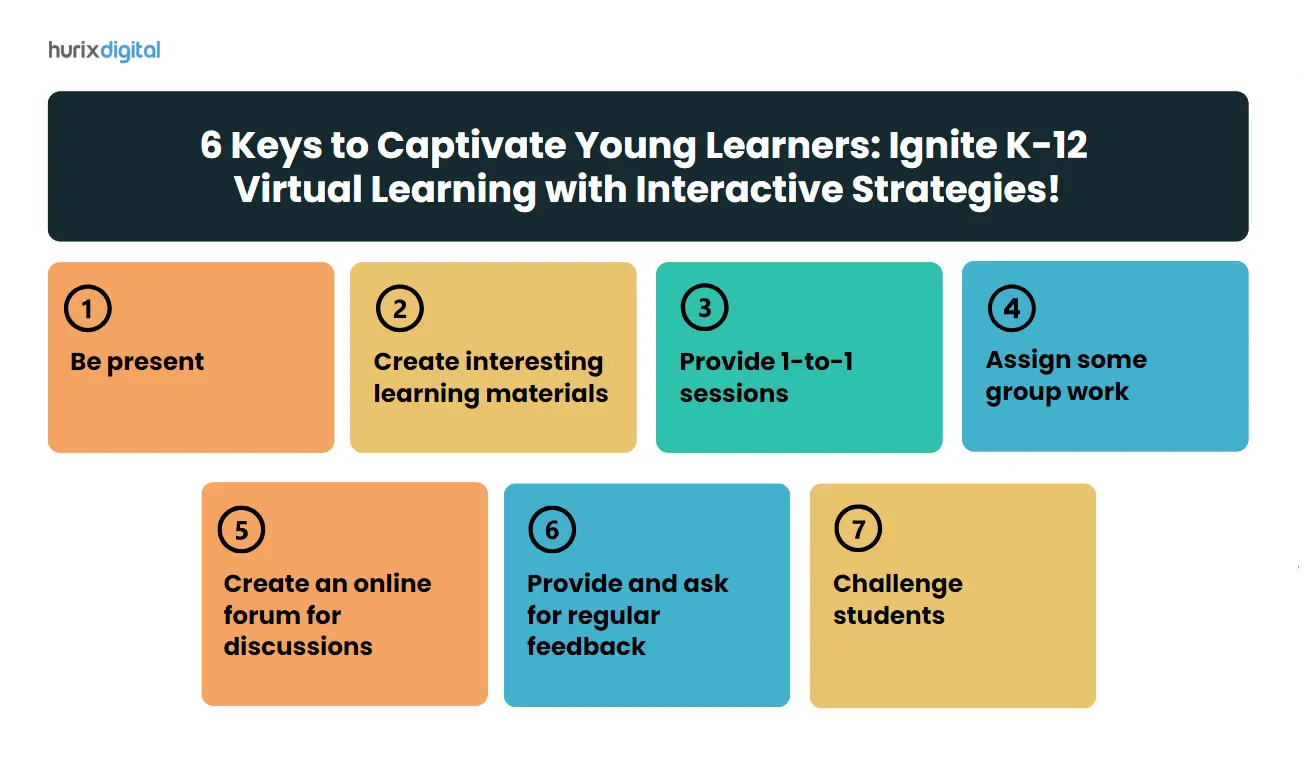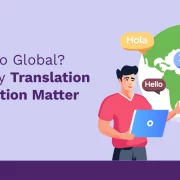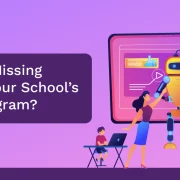In the realm of K-12 virtual learning, capturing the attention of young learners is crucial for effective education. Igniting their interest involves employing interactive strategies that make the virtual classroom experience engaging and dynamic. Below listed are six key tactics to captivate young learners in the virtual learning environment.
Elevate K-12 learning with Hurix Digital’s interactive solutions. Contact us to revolutionize your virtual classrooms and ensure an engaging and effective educational experience for young learners.

Engaging Strategies for K-12 Virtual Learning
In today’s educational landscape, K-12 virtual learning is crucial. Effective strategies are key to keeping students engaged and supporting their academic growth.
Establishing Presence and Connection
Being present in virtual learning goes beyond attendance. It involves creating an environment where students feel valued and supported. Educators can achieve this by:
- Sharing personal anecdotes to connect lessons to students.
- Using video calls for face-to-face interactions.
- Actively engaging in discussions to show genuine interest.
Creating Compelling Learning Materials
Engagement starts with the materials used in K-12 virtual learning. High-quality resources can ignite interest and enhance understanding. Teachers should focus on:
- Incorporating multimedia elements like videos and interactive quizzes.
- Designing content that challenges students while remaining accessible.
- Curating resources for various learning styles, such as visual or auditory.
Facilitating 1-to-1 Sessions
Personalized attention is vital in online learning. One-on-one sessions allow for tailored instruction and immediate feedback. Benefits include:
- Addressing individual student needs and concerns.
- Strengthening relationships between educators and learners.
- Providing targeted support for struggling students.
Promoting Collaboration Through Group Work
Group assignments foster teamwork and peer learning, essential in virtual learning. Effective strategies include:
- Assigning projects that require collaboration and communication.
- Using breakout rooms in video calls for small group discussions.
- Encouraging students to share findings in a collective forum.
Encouraging Feedback and Discussion
Regular feedback is crucial, as it helps educators refine their teaching methods and allows students to reflect on their progress. Consider:
- Implementing surveys to gather student insights.
- Creating online forums for learners to discuss their thoughts.
- Encouraging constructive criticism to foster a growth mindset.
Conclusion
In summary, K-12 virtual learning demands innovative approaches to engage young learners effectively. By establishing presence, creating compelling materials, and fostering collaboration, educators can enhance the learning experience. Regular feedback mechanisms support improvement, ensuring students thrive in a virtual environment.




